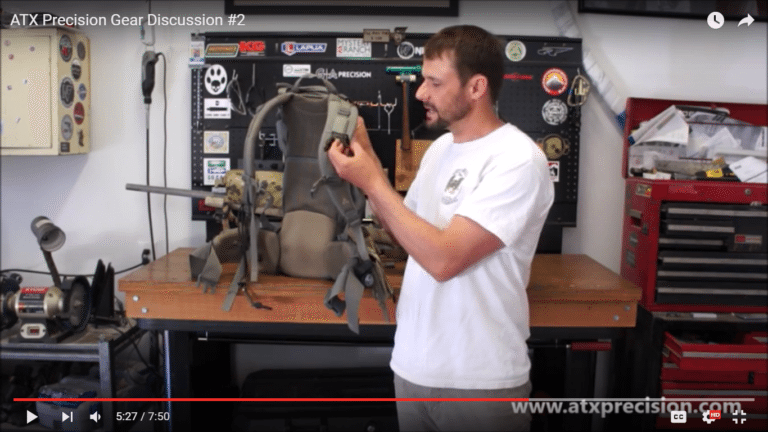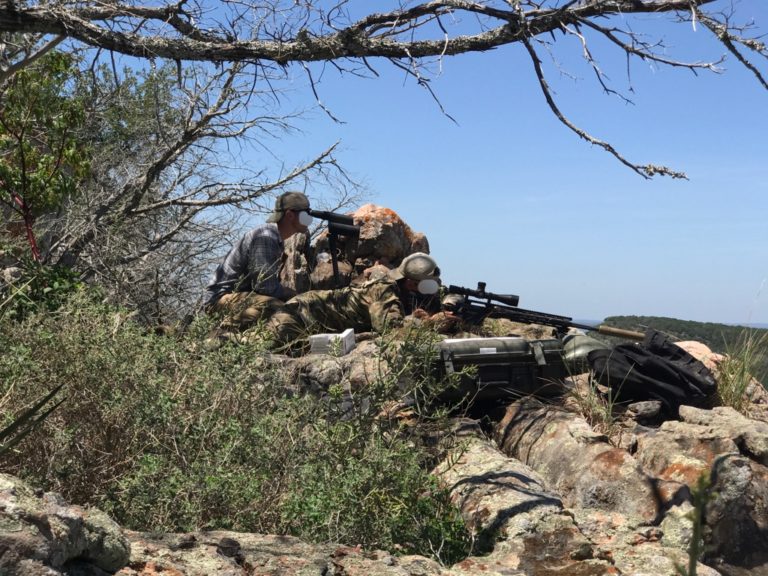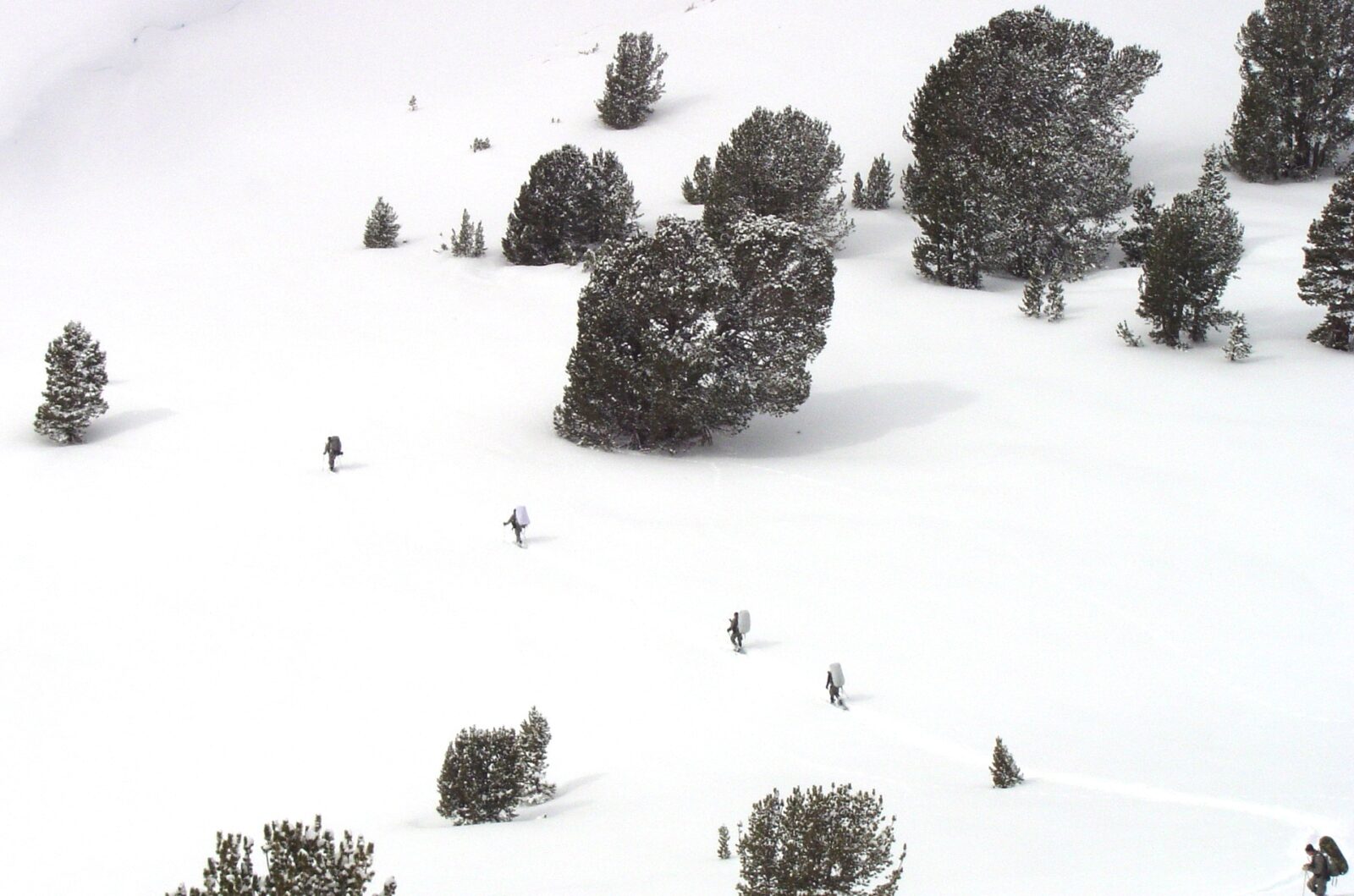I have been able to hunt and/ or work the full spectrum from out of a truck, day hiking into the canyons all the way up to backpacking for multiple days carrying everything on my back. A couple times I was lucky enough to go on horseback up onto the mountain and set up a base camp. From there, it was day hiking for the hunting. In all the scenarios, there are some common themes with respect to gear, but you can get progressively sloppier as you go from hard (full backpack) to easy (walk out of the truck) if you aren’t disciplined. True, the consequences are not as bad if you “just” have to get back to the truck, but why not be as streamlined and therefore as comfortable and efficient as possible in all situations?
So with that in mind, I will begin this article series with the hardest scenario—the full backpack hunt. For a control, let’s say we are going big game hunting at 8500-10k feet elevation in late fall in the Rockies. When we leave the insert point, we are on our own for everything for five days. We could hump in the first day, set up a base camp from there, and go light for the remainder of our trip, or we could pack up each day and hunt as we move to the next campsite. It makes no difference since we will still be carrying our food, water, gear, weapon, and if successful, our kill out on foot. Terrain, animal proximity, weather, etc. will dictate your tactic in this regard. Whatever you choose, you need your gear system to be right, or you will be miserable. Miserable people are not attentive, and therefore will be less likely to spot game.
Let’s start from the ground up. Boots—get the best ones you can afford. Take the time to find the right ones for YOUR feet and walking style. Although there are some good “hunting” boots out there that will work in this scenario, you will probably need to look into “backpacking” or “mountaineering” boots. They will be better suited to carrying weight in nasty terrain than a set of pack boots. A very good exception to this rule is the Cabela’s Meindl Denali boot. They are made by a German backpacking/ alpine climbing boot maker, but sold as a hunting boot. Well worth the price in terms of comfort, durability, and support. Mine have lasted ten full years of abuse in the military and as my primary hunting boot. Plus they work with snowshoes well, which may come into play during the late fall. Other good choices are Lowa, Asolo, Montrails, or La Sportiva. Each one fits differently so again, find the one that fits your foot and walking style and intended use. They all make models for packing and some are compatible with crampons and snowshoes.
As a rule of thumb, the stiffer the sole, specifically the shank, the heavier loads and nastier terrain it will handle with less effort. When I was 18, I could hike anywhere in anything. Now I like the stiff boots with good support and stability to limit the fatigue that builds up each day. Next, get some good socks. There are plenty of Merino wool companies out there (Smart Wool, Darn Tough, etc) so again, get the best you can afford. The synthetics (like Thor-Lo) are good too. You will be glad you did. Try several out to find the one that you like and has the right thickness, cushion, or ventilation. Sock liners may be a good choice too, if you have frequent blister issues.
Boots and footwear are often the difference between fun and misery. Next week, we will break down some clothing concepts for the same scenario-big game hunting at altitude in the late fall. Thanks for joining us!




